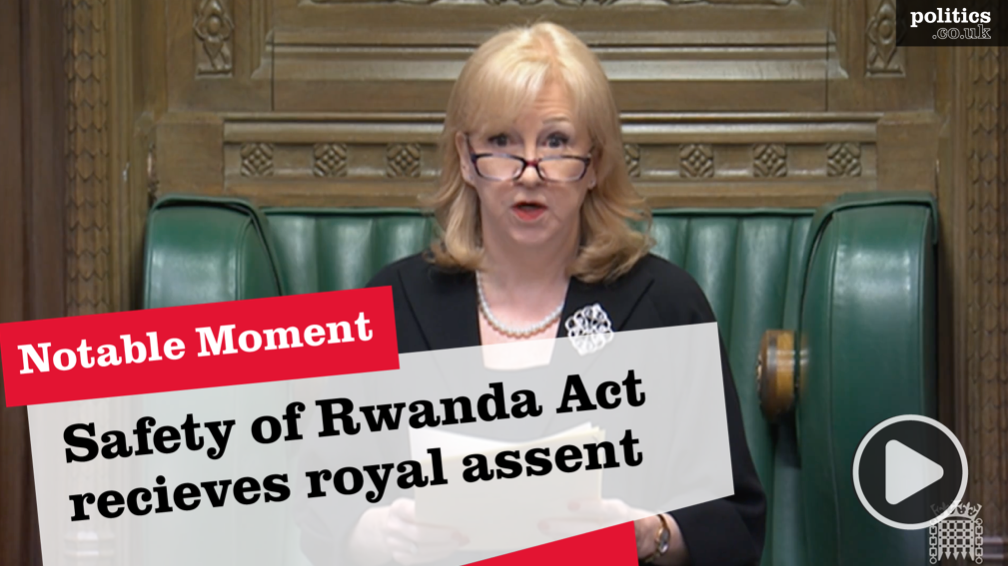In a report today the public accounts committee (PAC) says the terms of the 2009 sale of 7 nuclear power stations to EDF Energy “placed a disproportionate amount of risk for meeting future decommissioning costs on the taxpayer”.
They also argue that failures in the government’s investment strategy for the Nuclear Liabilities Fund have already seen the taxpayer having to top it by an additional £10.7 billion in just two years.
The Fund, set up to meet the decommissioning costs of the seven Advanced Gas-cooled Reactor nuclear power stations now owned by EDF, has failed to meet its investment targets or keep up with increased estimates of decommissioning costs, which have almost doubled since March 2004 to £23.5 billion in March 2021. The report complains that the government has “chosen to top up the Fund with taxpayers’ money.”
In 2020, nuclear power accounted for 16 per cent of UK electricity generation, and the timetable for the closure of the seven nuclear stations by 2028 will result in a significant reduction in the UK’s generating capacity. While DBEIS acknowledges there will be a gap in generating capacity, “it is not concerned with there being a shortage owing to its confidence that electricity capacity could be bought from other sources ahead of time.” The committee says DBEIS and EDF together should “double-check whether it would be technically feasible, safe and cost-effective to extend the lives of any of the remaining operating stations”.
DBEIS recently reached agreement with EDF that, after it defuels the AGR stations, ownership of the stations will be transferred to the Nuclear Decommissioning Authority (NDA) to complete decommissioning. The pace at which the stations can be defueled could have a big impact on the costs, between £3.1 billion and £8.0 billion depending on the time taken, and the committee says the handover agreement does not appear to sufficiently “incentivise cost efficiency and ensure a smooth transfer of defueled stations to the NDA”.
The committee is also concerned about the NDA’s capacity to take on the seven AGR stations in addition to its other responsibilities, including decommissioning the Magnox reactors, which the PAC has previously reported on.
PAC deputy chair Sir Geoffrey Clifton-Brown, said: “Our current generation of nuclear power plants are reaching end-of-life and there is huge uncertainty over the risks and timescales of decommissioning and commissioning this energy infrastructure. But we are seeing clearly the near-term risks of having to import energy. Government must prioritise the deliverable, safe and efficient plan to decommission these facilities and sustainably replace energy production that we owe to future generations, to alleviate the impact of rising energy costs on the public and business and insulate the UK from disruptions to our energy supply.
“The decommissioning dates of these power stations were clear decades ago. The government should have been commissioning this replacement at that time, so that by now they would be generating base load power into the grid. For these major projects with long lead times, effective forward planning by government is essential.”












